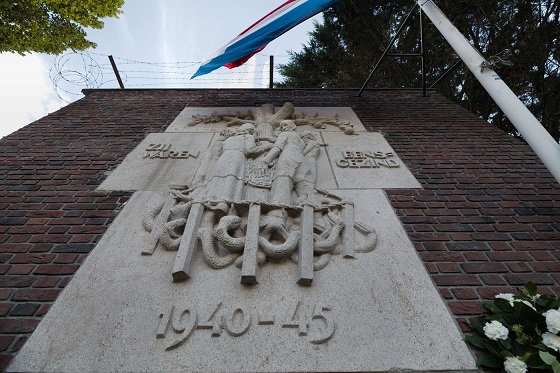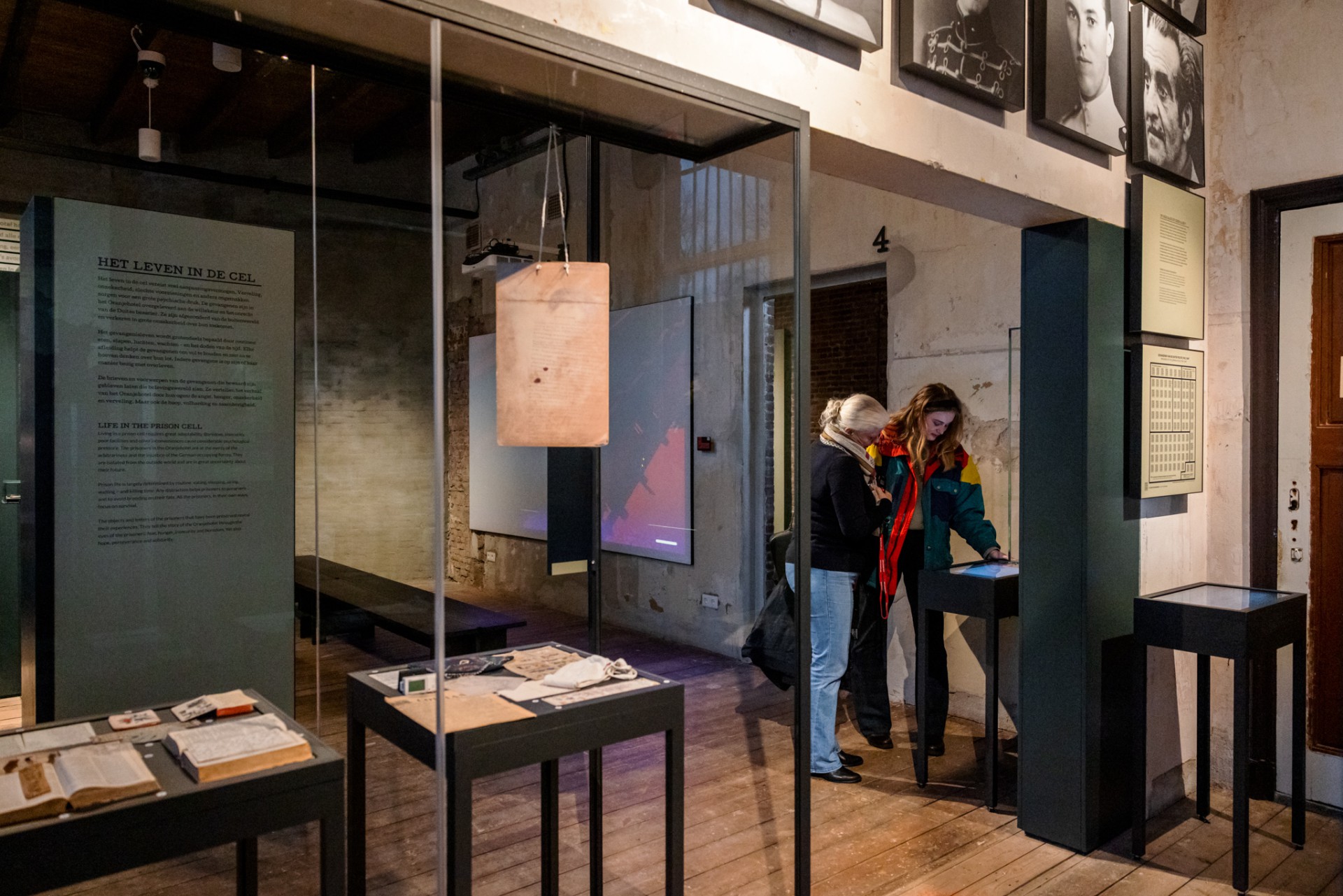What to see
Permanent exhibition
In the former Service Apartments and various cells, the Oranjehotel Permanent Exhibition is now on display, featuring accounts of prison life and describing the prison regime, as well as the occupation, the Resistance and disruption within families and relating how post-war Dutch society dealt with the past. Come watch the animated video depicting 24 hours of daily life in the Oranjehotel. Impressive prisoner stories are illustrated through documents, photos, interviews and videos. Along the audio tour (available free of charge), you will also hear personal stories, narrated from letters, diaries and memoirs.
Cell 601
At the heart of the complex is Cell 601, one of the cells on the D row, where those condemned to death spent their last night. Since the end of the Second World War, Cell 601 and its contents have been preserved in the original state. See the inscriptions on the walls written by prisoners who were here.
Small gate
During the Second World War the small gate and the adjacent large gate on Van Alkemadelaan gave access to the Oranjehotel. Prisoners condemned to death by execution left the Oranjehotel via the small gate. Over 250 people were taken from this prison to be executed on the nearby plain the Waalsdorpervlakte. On the outside wall is a plaque with a line from a poem by former prisoner Anthonie Donker: 'Remember their last passage through this gate. They gave their lives for freedom and justice. Continue their struggle.' On 6 September 2019 King Willem-Alexander placed the large gate ajar to open the Oranjehotel National Monument. From now on, the interior will always be visible from outside, as will the outside from within.
'They were united'
At the entrance to the complex is a relief carved by Albert Termote. Unveiled by Queen Juliana in 1950, the sculpture conveys the solidarity between prisoners, depicting a group of chained inmates around an Orange tree and surrounded by barbed wire. The caption below reads 'They were united' and '1940-1945.'


